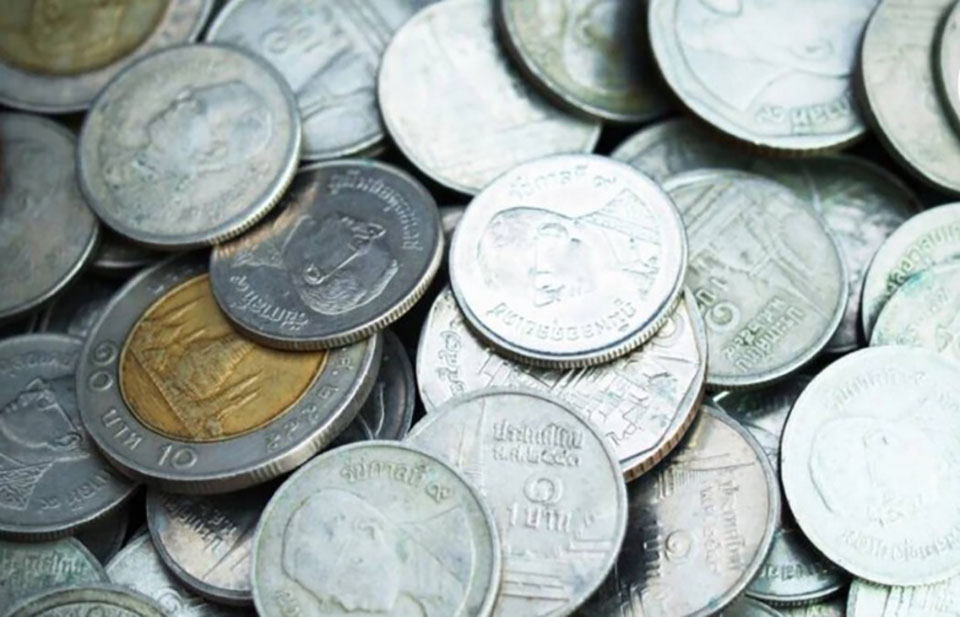
BANGKOK, Thailand – A market strategist at Krungthai GLOBAL MARKETS, Poon Panichphiboon, revealed on November 26 that the Thai baht opened this morning at 34.74 baht per U.S. dollar, weakening from the previous day’s close of 34.61 baht. The projected trading range for today is expected to be between 34.60-34.85 baht per dollar.
Since last night, the baht (USDTHB) has shown slight depreciation, moving in a sideways-up pattern within a range of 34.47-34.75 baht per dollar. This is despite the overall weakening of the U.S. dollar, influenced by a risk-on sentiment in the U.S. financial markets and a decline in the U.S. 10-year bond yield. The market has reacted to news of Donald Trump nominating Scott Besant as the new Treasury Secretary under his potential second administration, calming fears of aggressive trade protectionism and massive fiscal stimulus policies that could increase the U.S. budget deficit.
However, the baht faces continuous pressure from gold transaction flows, as gold prices plunged by more than 2.4% overnight. The drop reflects reduced market concerns over Middle Eastern conflicts, following reports that Israel is nearing a ceasefire agreement with Hezbollah. Additionally, the baht remains under pressure from crude oil transaction flows as oil prices fell by another 3%, driven by easing concerns over geopolitical tensions in the region.
Today, market players are focused on evaluating the monetary policy direction of major central banks, including the Federal Reserve (Fed), the Bank of England (BOE), and the European Central Bank (ECB). Key insights will come from the Fed’s latest FOMC meeting minutes, expected around 2:00 AM Thailand time on Wednesday, and statements from officials of the major central banks.
On the domestic front, attention turns to Thailand’s international trade figures for October. Analysts anticipate export growth of approximately 5.2% year-on-year, supported by a gradual recovery in global trade. Imports are expected to rise by about 6.3% year-on-year, likely resulting in a trade deficit of $300 million, contrasting with the nearly $400 million surplus recorded in September.










